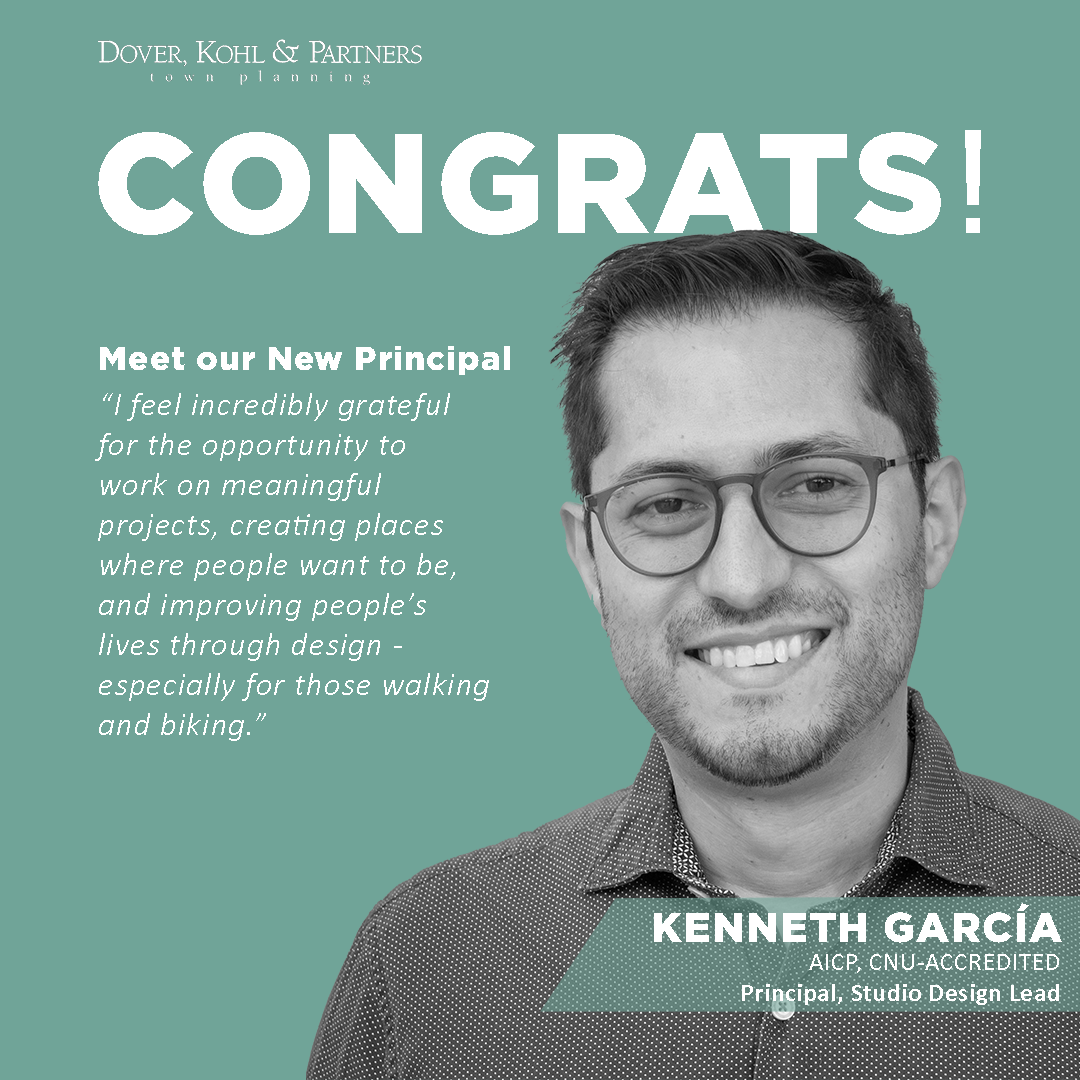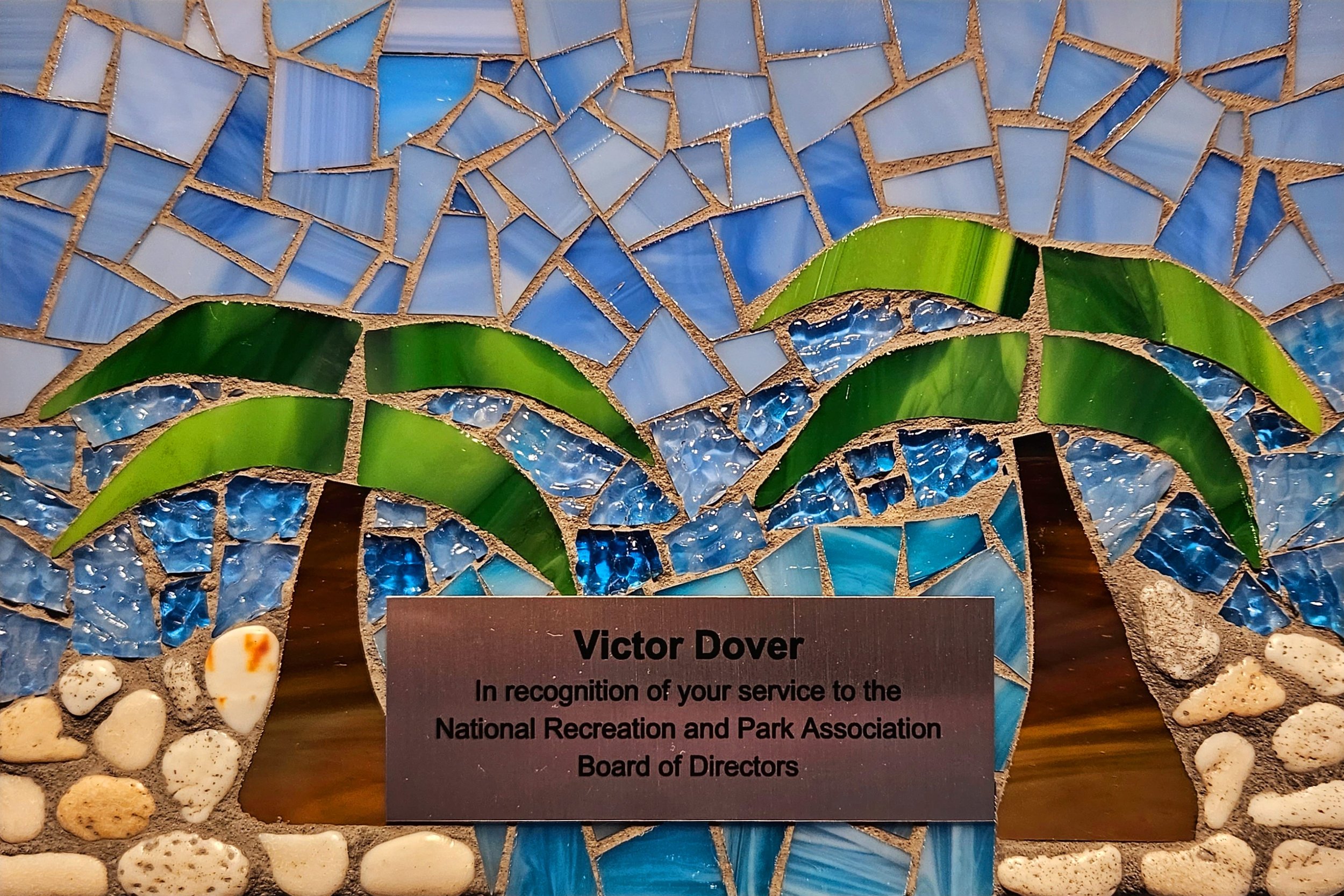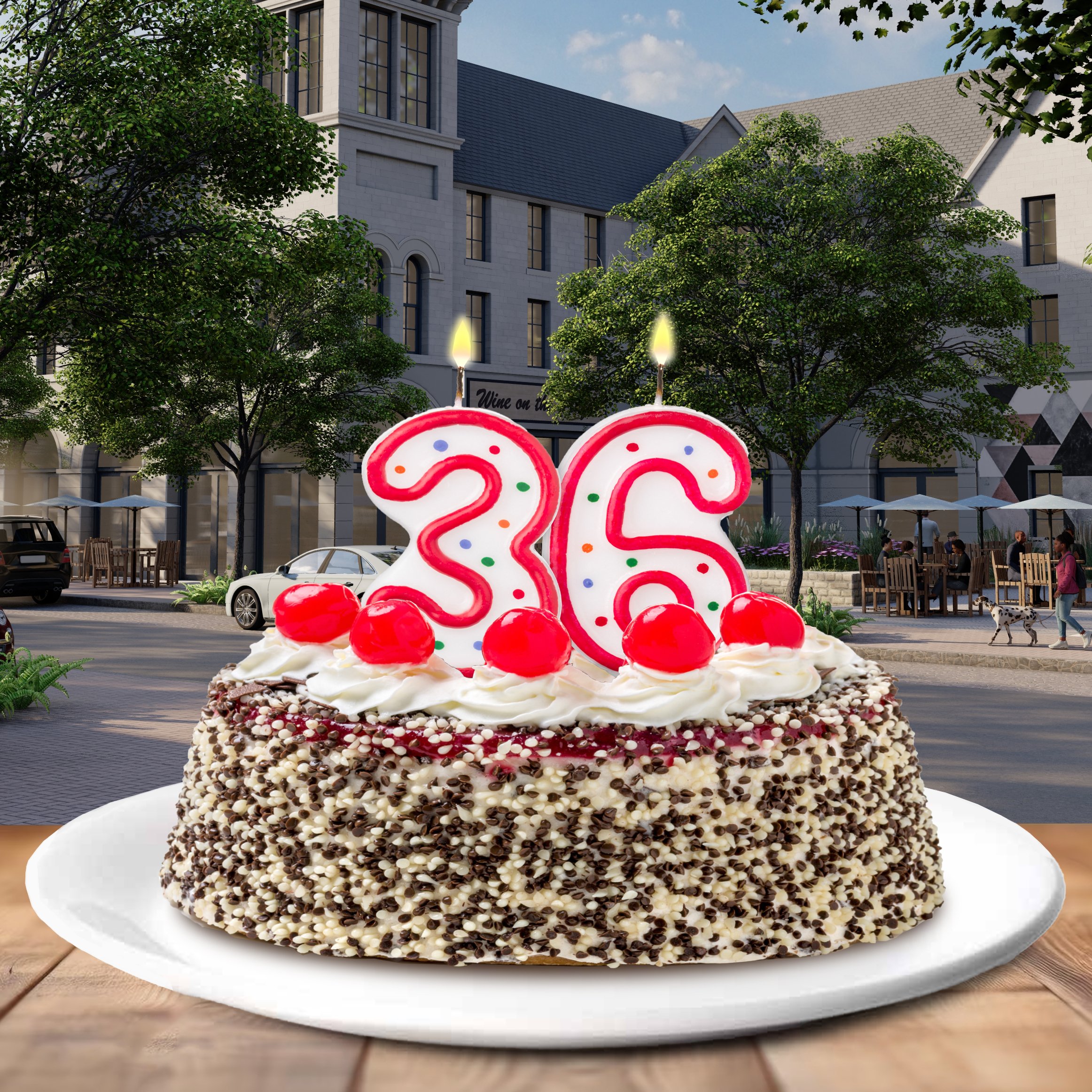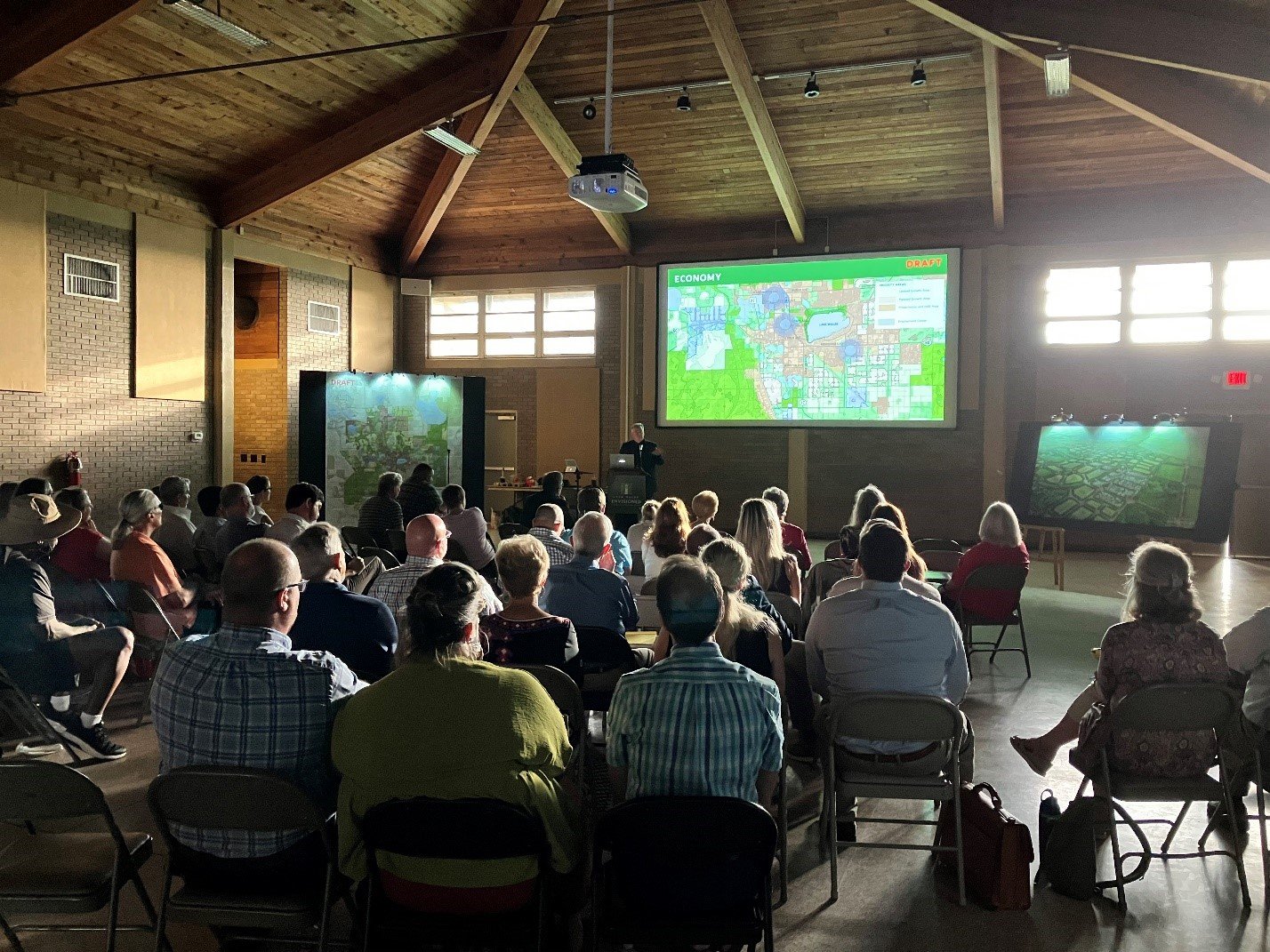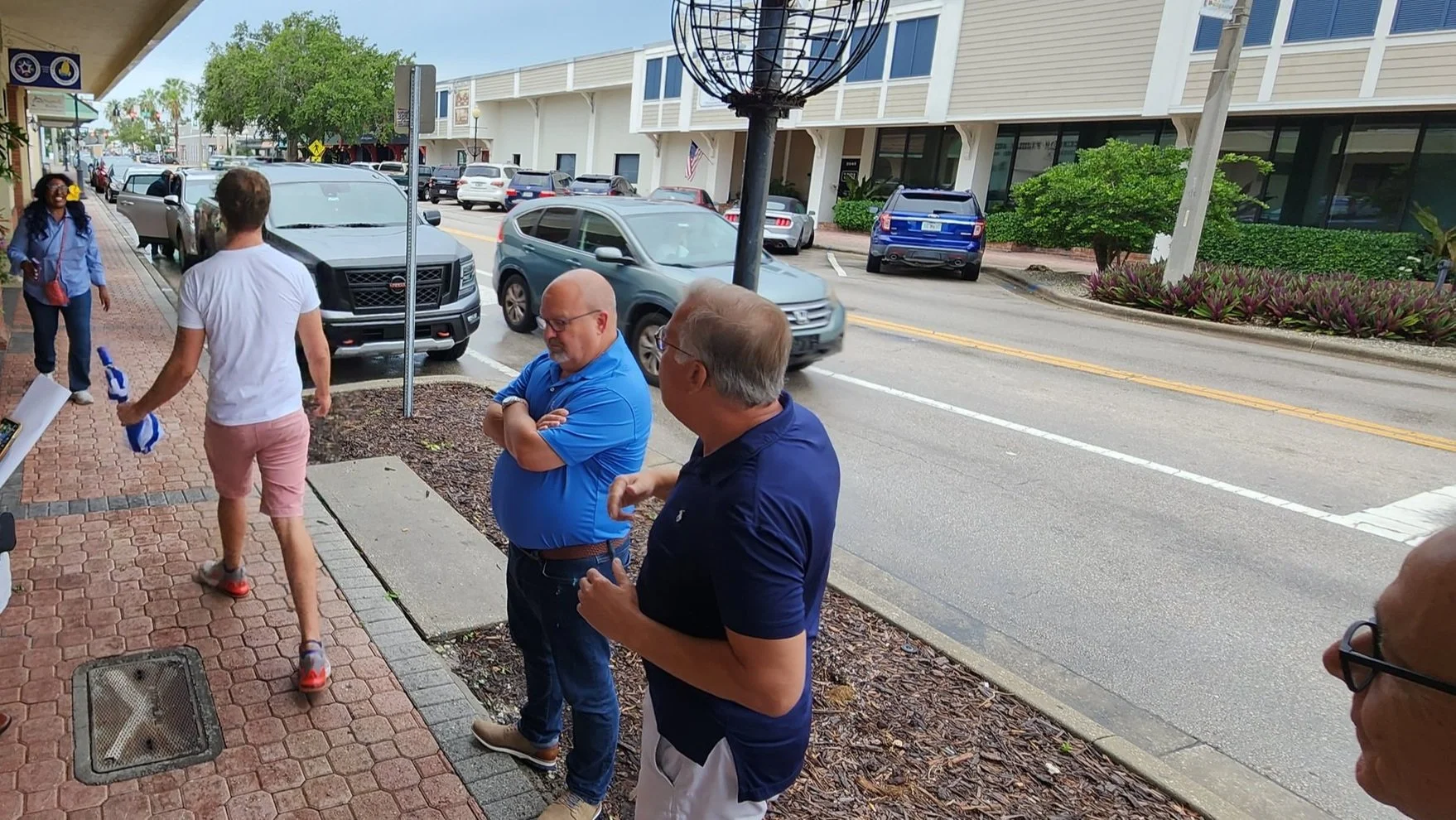ARCHIVE
- August 2025 1
- April 2025 1
- November 2024 1
- October 2024 2
- September 2024 2
- August 2024 3
- June 2024 1
- May 2024 5
- March 2024 1
- January 2024 2
- December 2023 1
- October 2023 1
- August 2023 2
- July 2023 4
- June 2023 2
- May 2023 2
- February 2023 2
- December 2022 1
- August 2022 1
- June 2022 3
- September 2021 1
- August 2021 1
- April 2021 2
- August 2020 3
- July 2020 1
- June 2020 4
- May 2020 6
- April 2020 4
- February 2020 1
- December 2019 1
- November 2019 3
- October 2019 3
- March 2019 1
- February 2019 1
- November 2018 1
- October 2018 1
- July 2018 1
- June 2018 1
- March 2018 1
- February 2018 2
- May 2017 2
- April 2017 1
- October 2016 1
- June 2016 1
- May 2016 1
- April 2016 1
- March 2016 1
- February 2016 1
- January 2016 1
- December 2015 2
- November 2015 3
- October 2015 1
- September 2015 1
- August 2015 3
- June 2015 1
- May 2015 7
- April 2015 4
- January 2015 2
- December 2014 1
- November 2014 4
- October 2014 2
- August 2014 1
- July 2014 2
- June 2014 3
- May 2014 2
- April 2014 4
- March 2014 2
- February 2014 4
- January 2014 3
- December 2013 2
- November 2013 3
- September 2013 2
- July 2013 3
- May 2013 1
- April 2013 3
- January 2013 3




















